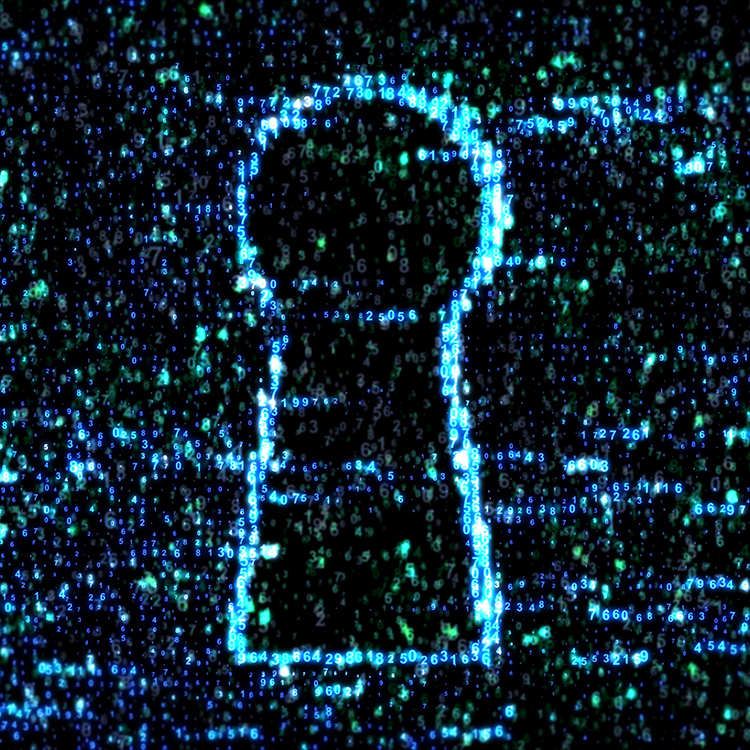
More and more laws, guidelines and standards have to be followed when constructing electrical systems, including the DIN VDE 0100-410 standard, which requires a residual current device (RCD) for final circuits of up to 32 amperes. This presents a challenge for those planning, constructing and operating data centres. The sensitive triggering characteristic of an RCD clashes with a data centre’s high availability. Can data centres go without the device?
In buildings and data centres, sockets form interfaces between the electrical system and its users. This makes it even more important for regulations, laws and standards to provide general protection and protection for people. However, the flood of references and contexts of different legal or normative specifications are often difficult for planers and application engineers to comprehend. Furthermore, some of the rules are in an archetypal grey area, which also applies to an RCD. RCDs monitor and measure residual current. All it takes is damaged insulation or leakage currents to cause residual current, and not only leads to system damage but also means that personal protection can no longer be guaranteed.
In Germany, electrical systems are constructed according to DIN VDE 0100, Setting up low-voltage installations, which gives recommended actions rather than legal stipulations. However, if standards are not followed during the construction and damage occurs, the operator and planner must be able to reasonably justify why they did not follow the normative specifications. This is usually very challenging.
Since 1 October 2018, the DIN VDE 0100-410 standard applies and, across different parts, describes protective measures and requirements for sockets in final circuits. Accordingly, RCDs with a rated trip current lower than 30 milliamperes must be provided for sockets in final circuits that will be used by laypersons with a rated current of up to 32 amperes. This would mean that data centres also have to be equipped with a residual current device. However, this leads to problems relating to the high availability of the data centre.
Avoiding unwanted shutdowns is also defined: operation-related leakage currents in a final circuit with RCDs may amount to a maximum of 0.3 times 30 milliamperes, meaning only 9 milliamperes. At the same time, each device is allowed to generate no more than 3.5 milliamperes of leakage current. In the worst-case scenario, this means that a data centre operator is allowed to connect a maximum of two devices (server, switches, etc.) per RCD, which makes practically no sense and is also not profitable. According to the Federal Office for Information Security (BSI), leakage currents of around 0.2 percent per 1 ampere of line current can be expected in data centres. For a server rack with 5-
kilowatt capacity, that would be 14.4 milliamperes and, therefore, the value would already be very close to the RCD’s trigger level. That’s because a residual current device can trigger from 15 milliamperes and has to trigger from 30 milliamperes.
From a normative and technical perspective, RCDs make no sense in data centres because permanent leakage currents occur through power supplies in the devices. In this case, those planning and operating the electrical system can deviate from the normative specifications. They can protect themselves with a risk assessment according to the Industrial Safety Regulation (BetrSichV). As soon as the risk analysis rules out laypeople having access to the data centre and sockets being implemented for general use, e.g. by cleaners or external service employees, the RCD can be officially foregone.
To ensure that no unauthorised people have access to the data centre, operators can administer access authorisation to the data centre for electrically trained (instructed) persons. Furthermore, employees can go to training sessions and thus be qualified as an electrically trained (instructed) person. External service personnel who are not electrically trained (instructed) persons or qualified electricians should only be able to gain access when accompanied.
Author: Tilo Püschel, © Bachmann GmbH 2019